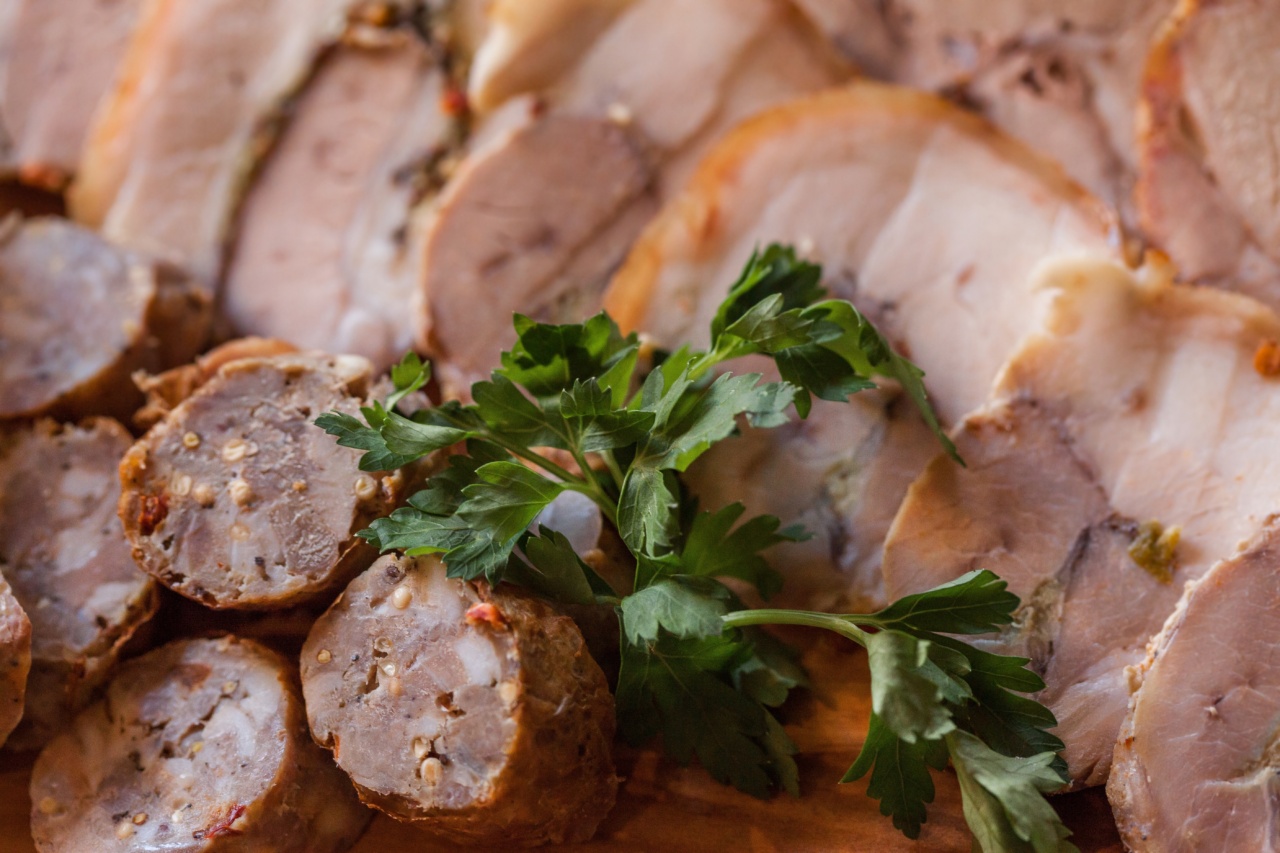There are many types of dietary fats, and it can be challenging to tell them apart. One type of fat that often confuses people is dairy fat. This article will explain what dairy fat is, how it’s different from other fats, and why it matters.
What is Dairy Fat?
Dairy fat is the fat that naturally occurs in milk and dairy products such as cheese, butter, and cream. It’s made up of different fatty acids, including saturated, monounsaturated, and polyunsaturated fats.
The amount and type of fat in dairy products can vary, depending on factors such as animal breed, diet, and processing.
Dairy Fat vs. Other Types of fats
One of the main differences between dairy fat and other fats is the composition of the fatty acids. Dairy fat contains a high proportion of saturated fatty acids, which are solid at room temperature.
Other types of fats, such as vegetable oils, contain mostly unsaturated fatty acids. These are liquid at room temperature, making them more liquid and less firm than dairy fat.
The differences in fatty acid composition make dairy fat more stable at high temperatures. This means it’s better for cooking and frying, as it’s less likely to break down and produce harmful compounds.
Vegetable oils, on the other hand, are less stable and can produce harmful compounds when used at high temperatures.
Another difference between dairy fat and other types of fats is the nutritional content. Dairy products are an important source of calcium, protein, and vitamins. These nutrients are not abundant in other types of fats, such as vegetable oils.
Why Does it Matter?
Distinguishing dairy fat from other types of fats is important for several reasons. Firstly, consuming too much saturated fat can increase your risk of heart disease.
Therefore, it’s essential to moderate your intake of dairy fat, especially if you have high blood pressure or other risk factors for heart disease.
Secondly, dairy products are an important source of essential nutrients, including calcium and vitamin D. These nutrients are critical for bone health, and a lack of them can lead to conditions such as osteoporosis.
Finally, understanding the differences between dairy fat and other types of fats can help you choose healthier options when cooking and eating out.
For example, you may choose to use a vegetable oil instead of butter when cooking, or opt for low-fat dairy products instead of full-fat versions.
How to Distinguish Dairy Fat from Other Fats
There are several ways to tell dairy fat apart from other types of fats. One easy method is to look at the label of the food product.
Dairy products will usually contain the word “dairy” or “milk” in the name, such as milk, cream, or cheese.
Another way to distinguish dairy fat is to look at the ingredient list.
Dairy fat will usually be listed as “butterfat” or “milkfat.” Vegetable oils, on the other hand, will be listed as the specific type of oil, such as canola oil or olive oil.
You can also tell the difference between dairy fat and other types of fats by looking at the texture. Dairy fat is solid at room temperature, and it will usually be firm or hard when chilled.
Vegetable oils, on the other hand, are liquid at room temperature and will remain liquid even when chilled.
Conclusion
Distinguishing dairy fat from other types of fats is essential for maintaining a healthy diet and lifestyle. Dairy products are a valuable source of essential nutrients, but it’s important to moderate your intake of saturated fats.
By understanding the differences between dairy fat and other types of fats, you can make informed choices about what you eat and how you cook.




























